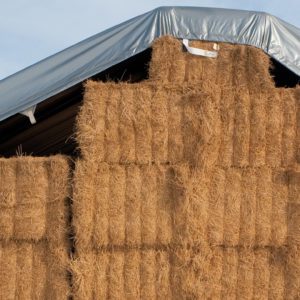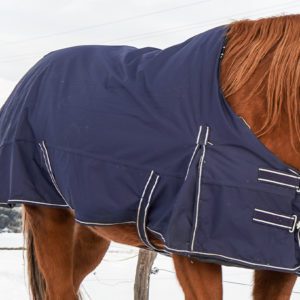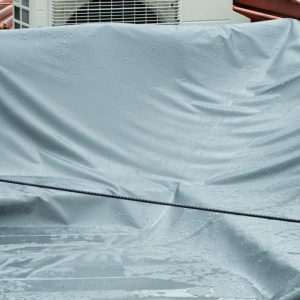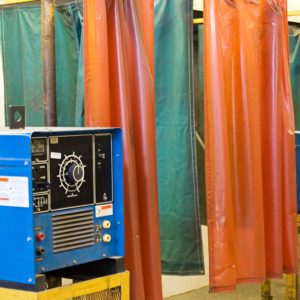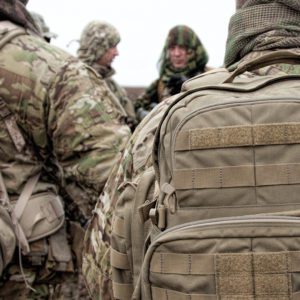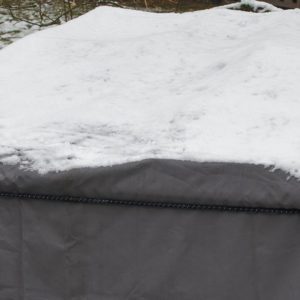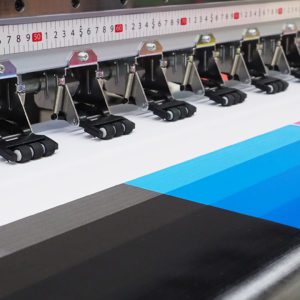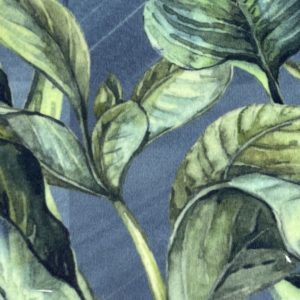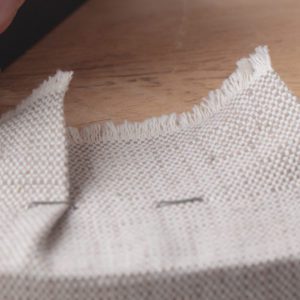Overview
Slitting is a value-add service TVF provides. Slitting materials into narrower widths help improve efficiency and expand fabric applications. Slitters are needed in the textile industry for a variety of purposes, including converting rolls of fabric into narrower widths and cutting fabric to specific widths or lengths. They are an essential part of the textile industry and are used in a wide range of applications.
Types of Slitting
- Roll slitter: A type of slitting machine used in the textile industry for cutting and slitting woven fabrics. These machines are known for their accuracy and precision, making them ideal for high-volume production of fabric strips, tapes, and ribbons.
- Hot knife slitter: Commonly used for synthetic fabrics that have no coating to hold the fibers together. Hot sealing the edges of the material will prevent fraying.
- Bias slitter: Commonly used to create bias tape or binding. Slitting on the bias refers to the process of cutting fabric at a 45 degree angle to the grain of the fabric. Bias cut materials enables the fabrics to shift and conform to shapes other than straight edges, enabling sewers to sew without the material puckering.
- Score cutting slitter: Score or crush slitting involves a moving substrate passing between a solid rotating anvil and a circular rotating blade or series of blades.
- Razor slitter: Razor slitting involves a razor blade or a series of razor blades mounted onto a slitting machine that slices the material into desired widths as it passes through. Razor slitting is best for converting very thin substrates like films.
